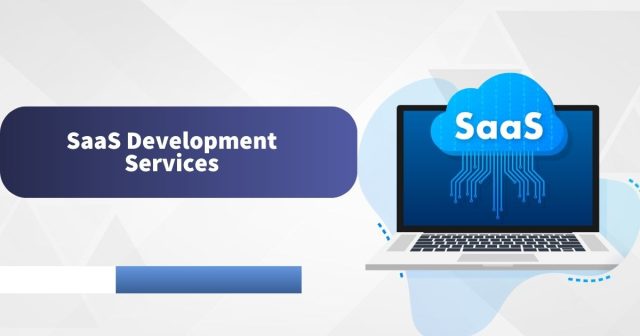SaaS (Software as a Service) has transformed the way businesses operate, offering scalable, cloud-based solutions that reduce infrastructure costs and simplify software delivery. SaaS development services cover the entire process of building, deploying, and maintaining applications accessible via web or mobile, ensuring security, scalability, and multi-tenant support.
Software as a Service (SaaS) has revolutionized how businesses operate, offering scalable solutions that eliminate the need for costly infrastructure and complex installations. Whether you’re a startup with a groundbreaking idea or an established company looking to expand your digital offerings, understanding SaaS development services is crucial for success.
This comprehensive guide will walk you through everything you need to know about SaaS development, from choosing the right development approach to understanding the key features that make SaaS applications thrive. You’ll discover how professional web development services can transform your concept into a market-ready product that generates recurring revenue and scales with your business growth.
By the end of this post, you’ll have a clear roadmap for navigating the SaaS development landscape and making informed decisions that align with your business objectives.
What Are SaaS Development Services?
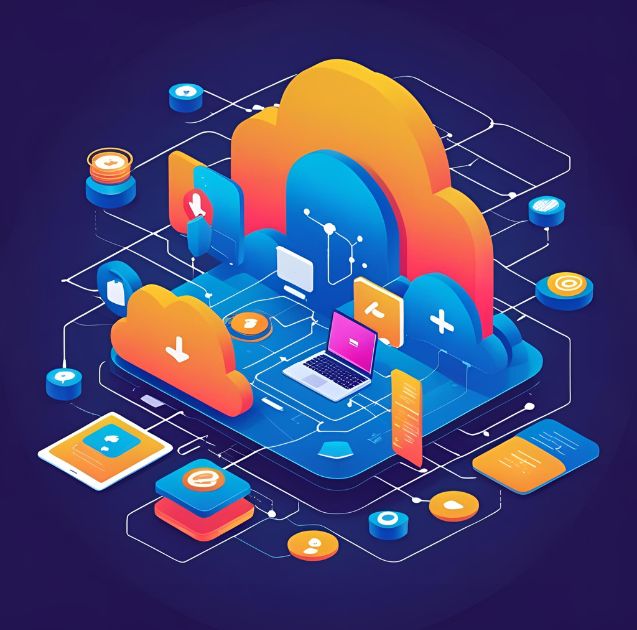
SaaS development services encompass the complete process of designing, building, and maintaining cloud-based software applications that users access through web browsers or mobile apps. Unlike traditional software that requires installation on individual devices, SaaS solutions run on remote servers and are delivered over the internet.
These services typically include architecture planning, user interface design, backend development, database management, security implementation, and ongoing maintenance. Professional web development teams specialize in creating scalable platforms that can handle multiple tenants while maintaining data isolation and security.
The subscription-based model of SaaS applications creates predictable revenue streams while providing customers with regular updates, support, and new features without additional installation requirements.
Benefits of SaaS Development for Businesses
SaaS development offers transformative advantages for businesses of all sizes. By leveraging cloud-based delivery models, companies can eliminate the need for costly hardware and complex installations, allowing teams to focus on strategic growth rather than IT maintenance. SaaS applications are inherently scalable, meaning they can grow alongside your business, handling increased user loads, data volume, and new feature requirements without major infrastructure overhauls.
Additionally, SaaS solutions provide seamless accessibility from anywhere with an internet connection, enabling remote teams, global collaboration, and consistent user experiences across devices. Subscription-based pricing models create predictable revenue streams for providers while offering customers flexible, pay-as-you-go options, reducing upfront investment risks.
Core Components of SaaS Applications
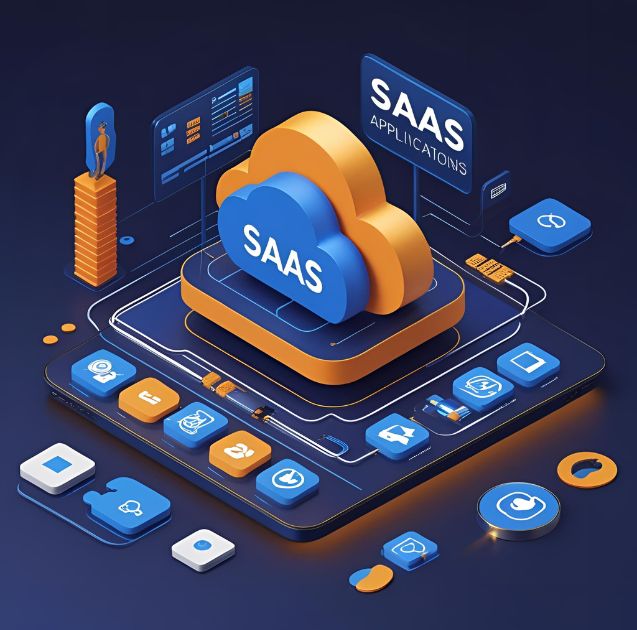
Multi-Tenant Architecture
Multi-tenancy allows a single instance of the software to serve multiple customers (tenants) while keeping their data completely separate. This architecture reduces infrastructure costs and simplifies maintenance, as updates can be deployed once and automatically benefit all users.
Effective multi-tenant systems must handle varying load patterns, customize user experiences, and maintain strict data isolation between different organizations using the same platform.
Scalable Infrastructure
SaaS applications must handle fluctuating user demands without performance degradation. Cloud infrastructure services like Amazon Web Services, Microsoft Azure, or Google Cloud Platform provide the foundation for automatic scaling based on real-time usage patterns.
Load balancing, database optimization, and content delivery networks ensure consistent performance regardless of geographic location or simultaneous user count.
Security and Compliance
Enterprise customers expect robust security measures, including data encryption, secure authentication, regular security audits, and compliance with industry standards like GDPR, HIPAA, or SOC.
Professional SaaS development services implement security best practices from the ground up, including secure coding practices, vulnerability testing, and regular security updates.
Types of SaaS Development Services
Custom SaaS Development
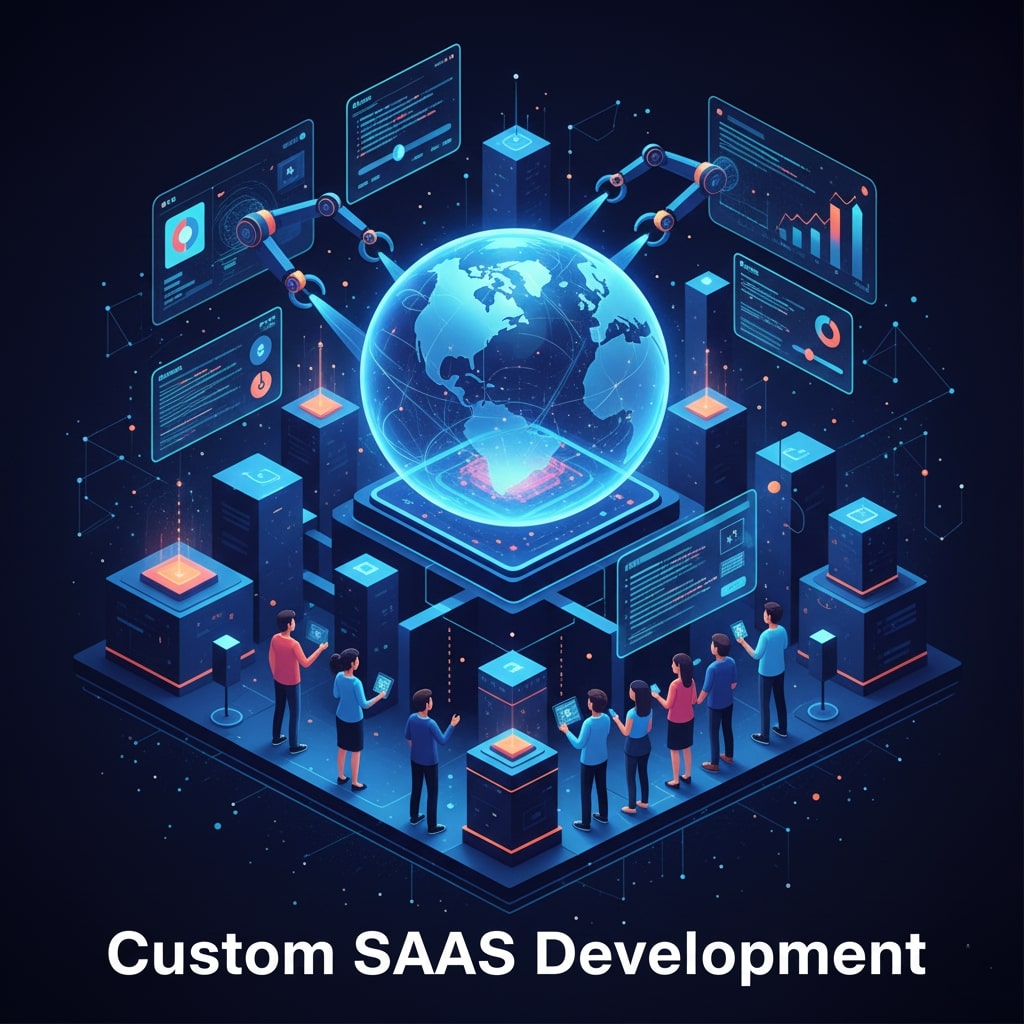
Custom development creates entirely new applications tailored to specific market needs or unique business requirements. This approach offers maximum flexibility but requires significant time and investment.
Custom solutions are ideal for businesses with innovative concepts, specific industry requirements, or unique competitive advantages that existing solutions cannot address.
SaaS Platform Migration
Many businesses need to migrate existing desktop or on-premise applications to cloud-based SaaS models. Migration services handle the complex process of restructuring applications for multi-tenancy, implementing subscription billing, and ensuring data integrity during the transition.
Migration projects often involve modernizing outdated technologies, improving user interfaces, and adding new features that take advantage of cloud capabilities.
SaaS Integration Services
Integration services connect SaaS applications with existing business systems, third-party APIs, and other software tools. Common integrations include payment processors, customer relationship management systems, marketing automation platforms, and analytics tools.
Well-designed integrations create seamless workflows that increase user adoption and reduce manual data entry across different systems.
The SaaS Development Process
Discovery and Planning
The development process begins with thorough market research, competitor analysis, and user requirement gathering. This phase defines the application’s core features, target audience, pricing strategy, and technical requirements.
Business analysts work with stakeholders to create detailed specifications, user stories, and project timelines that guide the entire development process.
Design and Prototyping
User experience design plays a critical role in SaaS success, as customers expect intuitive interfaces that require minimal training. Design teams create wireframes, mockups, and interactive prototypes that demonstrate the application’s functionality before development begins.
Modern SaaS applications prioritize responsive design, ensuring optimal user experiences across desktop computers, tablets, and mobile devices.
Web Development and Testing
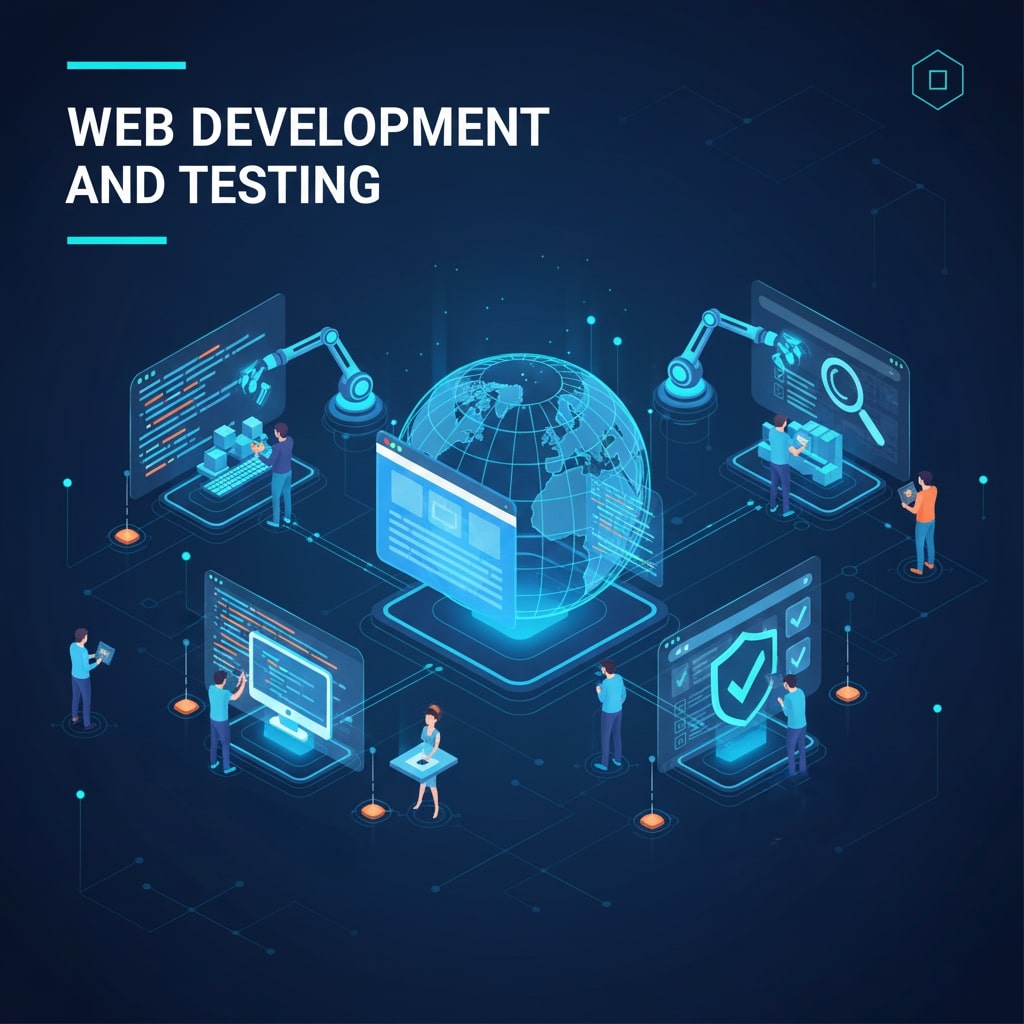
The development phase involves both frontend and backend programming, database design, API creation, and third-party service integration. Agile development methodologies allow for iterative progress with regular stakeholder feedback and course corrections.
Comprehensive testing includes functionality testing, performance testing, security testing, and user acceptance testing to ensure the application meets quality standards before launch.
Deployment and Launch
Cloud deployment involves configuring production environments, setting up monitoring systems, implementing backup procedures, and establishing customer support processes.
Successful launches often include beta testing programs, gradual user rollouts, and comprehensive onboarding materials to ensure smooth customer adoption.
Key Features Every SaaS Application Needs
User Authentication and Authorization
Robust user management systems handle registration, login, password recovery, and role-based access controls. Single sign-on integration and multi-factor authentication enhance security while improving user convenience.
Subscription Management
Automated billing systems handle subscription creation, upgrades, downgrades, and cancellations while integrating with popular payment processors. Dunning management helps recover failed payments and reduce involuntary churn.
Analytics and Reporting
Built-in analytics provide users with actionable insights while giving business owners visibility into user behavior, feature adoption, and system performance. Customizable dashboards and automated reports enhance user value and support data-driven decision making.
API and Integration Capabilities
RESTful APIs enable third-party integrations and allow customers to extend functionality through custom integrations. Webhook support and comprehensive API documentation encourage ecosystem development.
Choosing the Right Development Partner
Technical Expertise
Look for development teams with proven experience in cloud technologies, multi-tenant architecture, and the specific programming languages relevant to your project. Review portfolios and case studies to assess their capability to handle projects similar to yours.
Industry Experience
Development partners with experience in your industry understand common workflows, compliance requirements, and user expectations that can significantly impact project success.
Post-Launch Support
SaaS applications require ongoing maintenance, security updates, feature enhancements, and technical support. Ensure your development partner offers comprehensive post-launch services or can recommend qualified maintenance providers.
Cost Considerations for SaaS Development
Development Costs
Custom SaaS development typically ranges from $50,000 to $500,000 or more, depending on complexity, features, and team location. Factors affecting cost include the number of user roles, integration requirements, compliance needs, and advanced features like artificial intelligence or machine learning.
Ongoing Operational Costs
Monthly operational expenses include cloud hosting, third-party service subscriptions, security monitoring, backup services, and maintenance. These costs typically scale with user growth and feature expansion.
Return on Investment
Well-executed SaaS applications can achieve positive return on investment within 18-36 months through subscription revenue growth. Focus on solving real problems for your target market and delivering measurable value to maximize revenue potential.
Common Challenges and Solutions
Scalability Planning
Many SaaS applications struggle with unexpected growth that overwhelms their initial infrastructure. Professional web development services design applications with scalability in mind, using microservices architecture and cloud-native technologies that grow with your user base.
Customer Acquisition and Retention
Technical excellence alone doesn’t guarantee market success. Successful SaaS companies invest in user experience research, customer feedback systems, and feature development based on actual user needs rather than assumptions.
Competitive Differentiation
Crowded markets require clear value propositions and unique features that competitors cannot easily replicate. Focus on specific user segments or industry verticals where you can provide exceptional value.
Ready to Build Your SaaS Solution?
SaaS development services offer the expertise and resources needed to transform your software concept into a thriving business. Success requires careful planning, experienced development teams, and ongoing commitment to user satisfaction and product improvement.
Start by clearly defining your target market, core value proposition, and essential features. Research potential development partners thoroughly, focusing on their technical capabilities, industry experience, and post-launch support offerings.
Remember that building a successful SaaS application extends beyond initial development. Plan for ongoing marketing, customer support, feature development, and scaling challenges that come with business growth.
The SaaS market continues to expand, creating opportunities for innovative solutions that solve real business problems. With proper planning and execution, your SaaS application can capture market share and generate sustainable recurring revenue for years to come.
SaaS Development FAQ
1. What is SaaS development?
SaaS development is the process of designing, building, and maintaining cloud-based software applications that users access through web browsers or mobile apps. Unlike traditional software, SaaS runs on remote servers and is delivered over the internet.
2. What are SaaS development services?
SaaS development services cover everything from architecture planning, user interface design, backend development, database management, and security implementation to integrations and ongoing maintenance. These services ensure the application is scalable, secure, and reliable.
3. What are the core components of a SaaS application?
The core components include multi-tenant architecture, which allows a single instance of the software to serve multiple customers while keeping data isolated; scalable infrastructure that can handle fluctuating user loads using cloud resources; and robust security and compliance measures, such as encryption, secure authentication, and adherence to standards like GDPR or HIPAA.
4. What types of SaaS development services exist?
There are three main types: custom SaaS development, which builds fully tailored applications for specific business needs; SaaS platform migration, which moves existing on-premise software to a cloud-based model; and SaaS integration services, which connect SaaS applications with third-party tools, APIs, and existing business systems.
5. What is the SaaS development process?
The development process starts with discovery and planning, including market research, competitor analysis, and requirement gathering. This is followed by design and prototyping, where wireframes, mockups, and interactive prototypes are created. Web development and testing come next, covering frontend and backend programming, API creation, and comprehensive testing. The final stage is deployment and launch, which involves cloud setup, monitoring, backup, beta testing, and user onboarding.
6. What key features should a SaaS application have?
A SaaS application should have secure user authentication with role-based access controls, automated subscription management and billing, analytics and reporting capabilities, and APIs for third-party integrations.
7. How do I choose the right SaaS development partner?
Choose a partner with strong technical expertise in cloud technologies and multi-tenant systems, relevant industry experience, and the ability to provide post-launch support, including maintenance, updates, and troubleshooting.
8. How much does SaaS development cost?
Custom SaaS development typically ranges from $50,000 to $500,000 or more, depending on complexity, features, and team location. Ongoing operational costs include cloud hosting, subscriptions, security, backups, and maintenance. Successful applications can see a return on investment within 18 to 36 months if they effectively solve customer problems.
9. What challenges are common in SaaS development?
Common challenges include planning for scalability to accommodate user growth, acquiring and retaining customers by prioritizing user experience and feature development based on real needs, and standing out in competitive markets by offering unique value propositions.
10. How can I ensure the success of my SaaS application?
Success requires clearly defining your target market, value proposition, and essential features, partnering with an experienced development team, and planning for continuous marketing, customer support, feature updates, and scaling.

